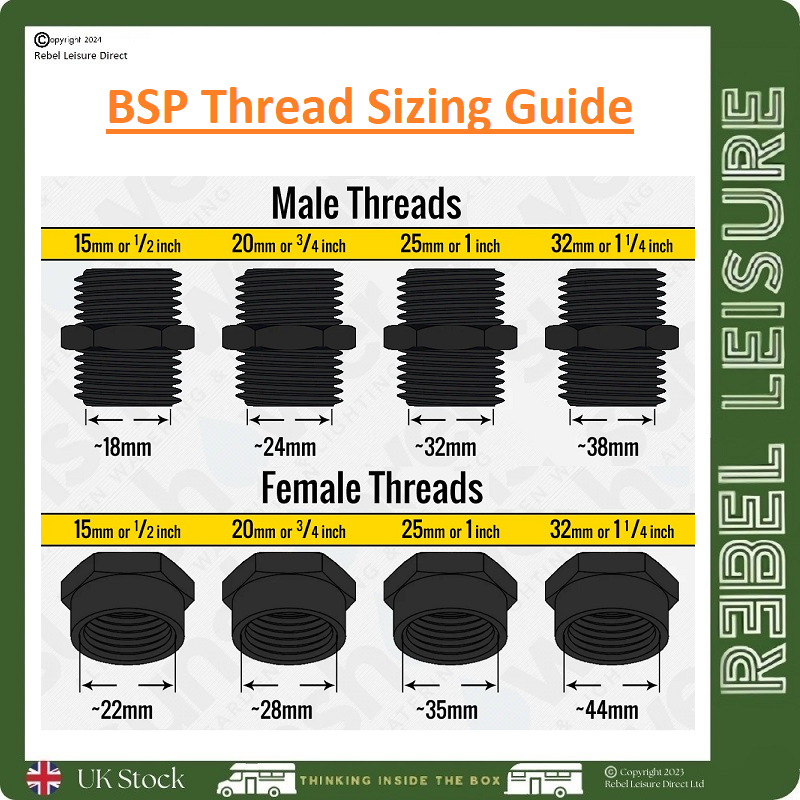🔍 What Is BSP?
Are you looking to understand the world of BSP thread sizing? Look no further! This guide will provide you with all the essential information you need to know about BSP thread sizing.
BSP stands for British Standard Pipe and is a set of technical standards for screw threads that are commonly used in plumbing and piping systems. BSP thread sizing is based on the Whitworth thread profile, which is a symmetrical V-thread with an angle of 55 degrees.
How is BSP Thread Sizing Measured?
BSP thread sizing is measured in nominal sizes, which are based on the inner diameter of the pipe or fitting. The most common BSP sizes are 1/8", 1/4", 3/8", 1/2", 3/4", 1", 1 1/4". These sizes refer to the approximate inner diameter of the pipe in inches.
Types of BSP Threads
There are two main types of BSP threads: Parallel (BSPP) and Tapered (BSPT). BSPP threads are parallel and require a sealing washer or O-ring to create a seal, while BSPT threads are tapered and rely on the taper to create a seal (a PTFE tape or liquid sealant is sometimes used on a tapered thread).
Common Applications of BSP Thread Sizing
BSP thread sizing is commonly used in plumbing, hydraulic systems, and pneumatic systems. It is widely used in the United Kingdom, Europe, and many other parts of the world for its reliability and versatility.
Now that you have a better understanding of BSP thread sizing, you can confidently navigate the world of plumbing and piping systems with ease. Remember to always consult the appropriate standards and guidelines when working with BSP threads to ensure a safe and secure connection.
🔩 BSP Thread Reference Chart (BSPP & BSPT)
Use the attached photo to ensure you can correctly identify the thread size. Measure the outside diameter (OD) of the male thread, then use this chart to match the closest BSP size.

